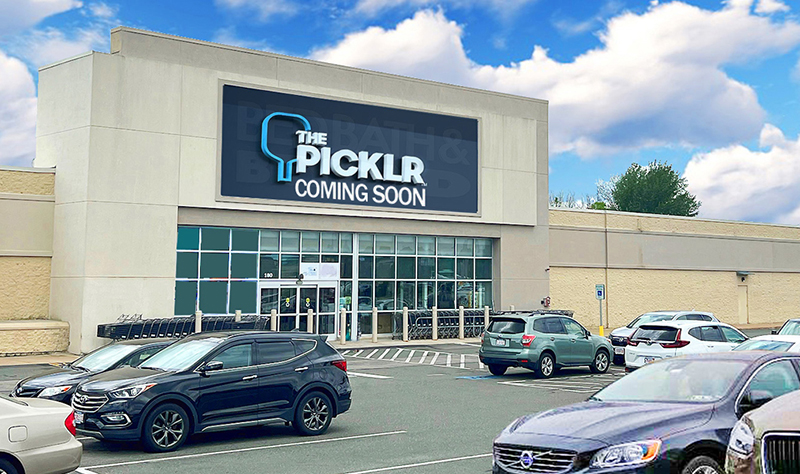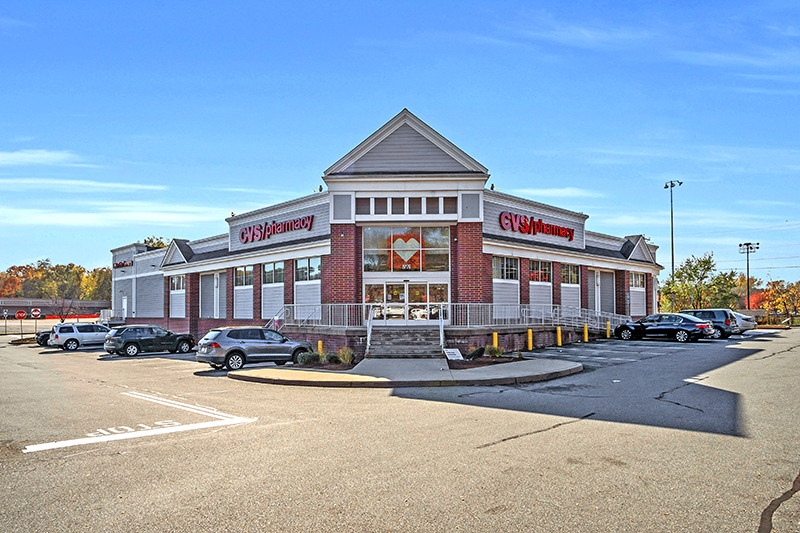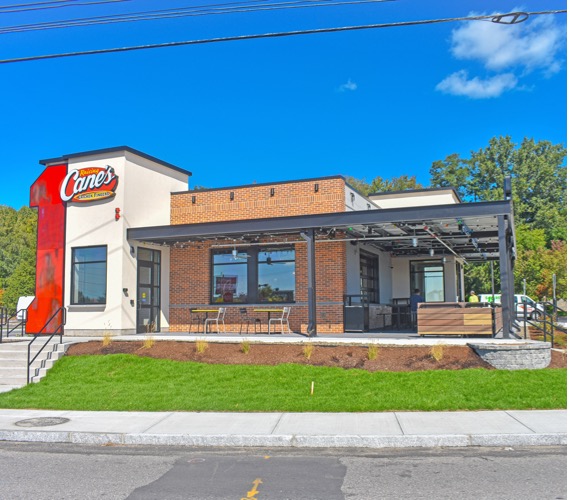Grocery-anchored shopping centers have all the right fundamentals - by Karim Fadel
Commercial real estate is hot and investors have a lot of choices about where to park their capital: buying shares in REITs, or banking on the housing or office market. But they also have a lot of company in those sectors; everybody wants a piece of it.
Which is partly why I’m bullish on grocery-anchored shopping centers – these mostly suburban, easily accessible retail that conveniently meets the basic daily needs of the local population for food, dry cleaning, alcohol, a social meeting place, even health and mail services. And despite the rise of Internet shopping, these centers serve an important necessity that is not going away.
According to a recent ICSC report, the U.S. shopping center industry is meeting year-over-year growth in occupancy rates, rents and net operating income. At the end of Q4 in 2014, shopping center occupancy rates were 92.7 percent, the highest level since Q2 in 2008. Base rents rose 6.5% year-over-year in 2014, a third consecutive year of growth and the strongest level since 2008. Construction is also booming with the building of new and/or existing structures reaching $14.5 billion in 2014, the highest level since 2008 and the fourth consecutive year of growth.
While online shopping continues to grow, the vast majority of people still want to pick out their own produce and other items in a bricks and mortar grocer, especially as the push for local, fresh food continues. But even online grocery delivery services are using these stores to gather their orders for local customers
Furthermore, grocery-anchored shopping centers are adaptable and have adjusted to the changing needs of consumers. Through understanding what consumers want and how they want to be interacted with, retailers have been able to expand on their previous, exclusively in-store strategy to much success. A study by IDC Retail Insights recently found that omni-channel shoppers, those who shop both online and in-person, spend up to 3.5 times more than single-channel shoppers. In practice, this can mean everything from ordering online and picking up in-store, handling returns in-store, or even using digital resources to track what’s available in a physical store. As the retail touch points increase, so too do the opportunities to convert a sale. And that’s where brick-and-mortar stores have learned to differentiate themselves – in the physical space.
Grocery-anchored shopping centers provide a convenient place to satisfy the goods and services demands of increasingly busy patrons – and will continue to do so. They’ve proven to be flexible in how they serve the needs of consumers, and have even adapted to new practices to increase revenue. As such, investors should stick to focusing on the fundamentals of a property. Grocery-anchored shopping centers are stable, low-risk investments relative to other real estate investments and their appeal is not fleeting. Regardless of the season, economic landscape, or any other extenuating circumstances, people need to eat. And when they need to eat, their local grocery store, surrounded by other reliable every day services, will be their first stop.
Karim Fadel is the founder and principal of Unison Realty Partners, Boston, Mass.
Mace of KeyPoint Partners negotiates 36,192 s/f lease for The Picklr at Endicott Square
Danvers, MA KeyPoint Partners (KPP) negotiated a lease with the nation’s premier indoor pickleball venue The Picklr at Endicott Sq. Vice president of retail brokerage Don Mace negotiated the transaction on behalf of the landlord.





.jpg)


.png)
